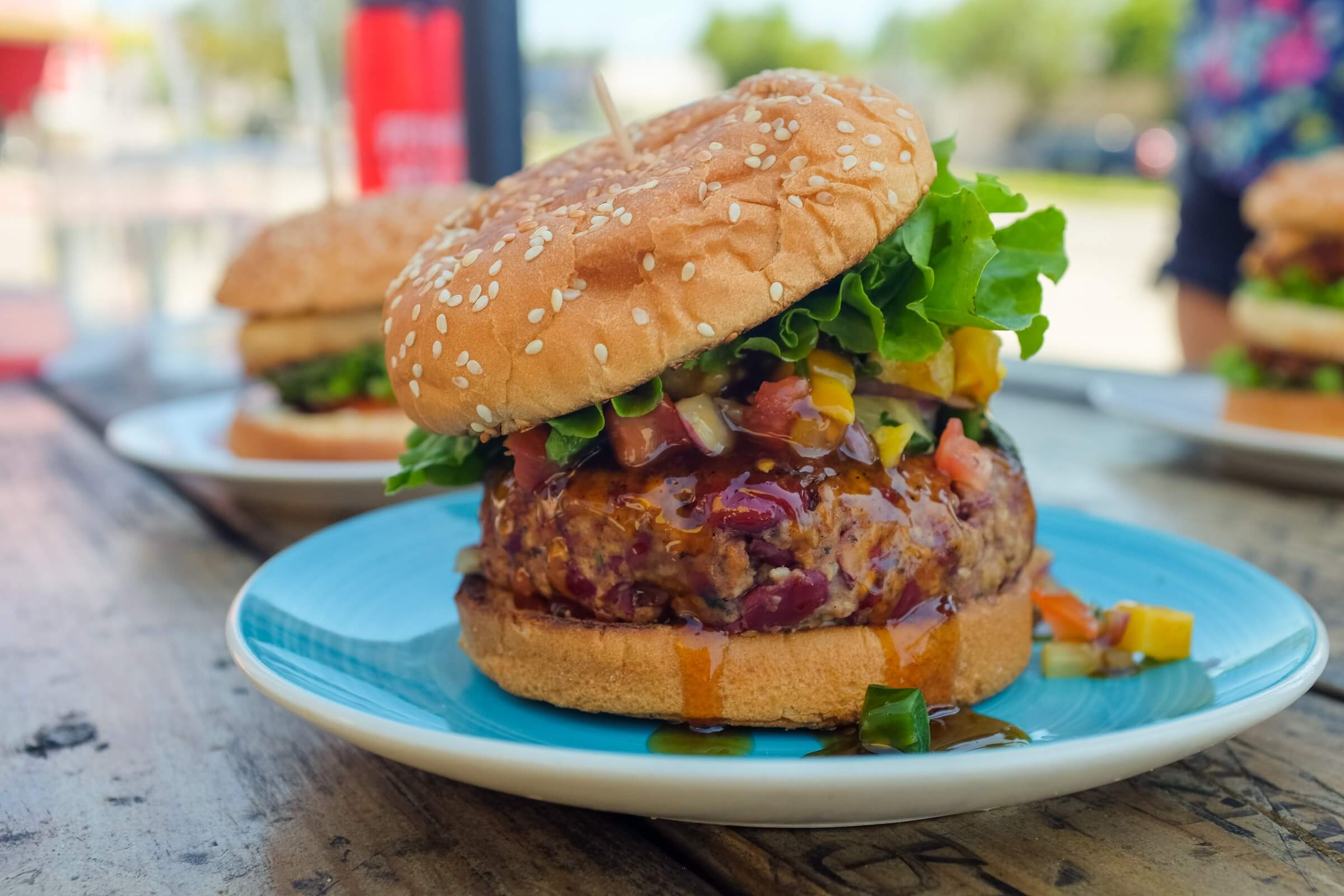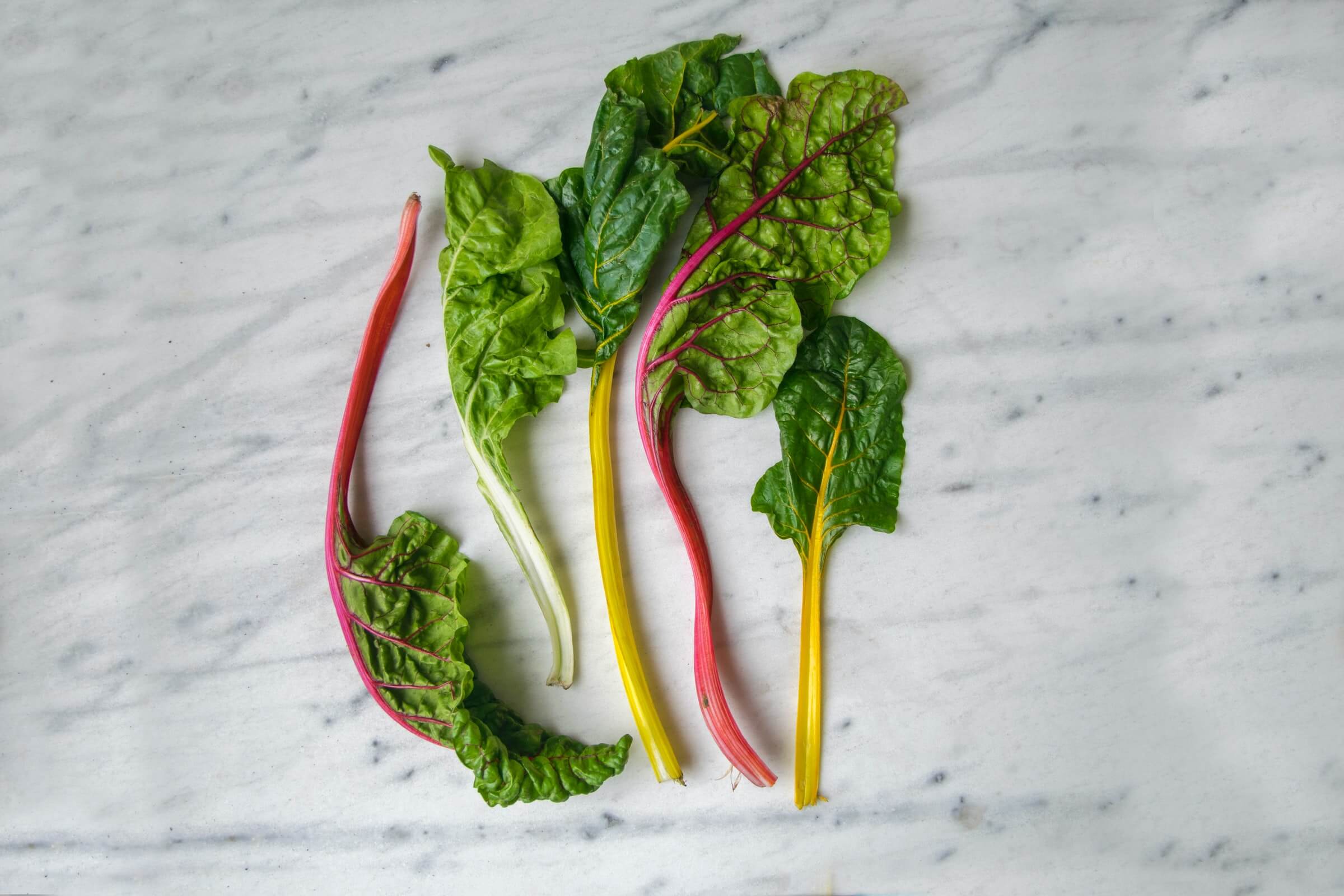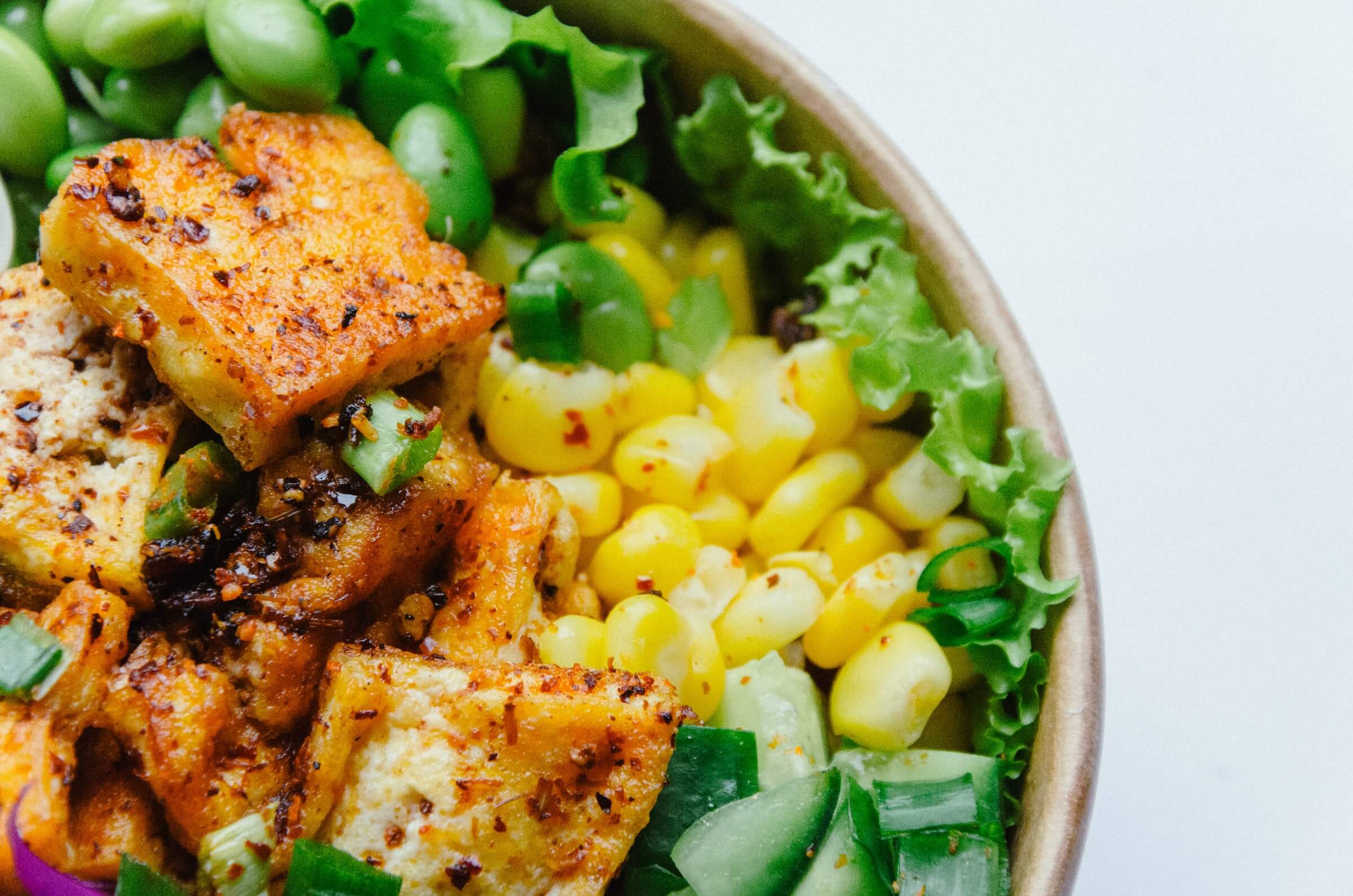Las Vegas Vegan Culinary School Slated for April Opening
by David Klemt
This has been a big year for veganism already.
Multiple sources have named vegan food as a hot (and therefore lucrative) “trend” to watch this year.
The Michelin Guide France awarded a star to an entirely vegan restaurant in France for the first time in history.
And now, news out of Las Vegas is further making this Veganuary one for the books.
Global destination that it is, Las Vegas does its best to appeal to the greatest number of people possible. There are close to two dozen restaurants considered wholly vegan, and hundreds of other venues have vegan-friendly options. For several years now, every restaurant at Wynn Las Vegas has had vegan options on their menus.
The fact that Las Vegas is picking up steam as a vegan-friendly hotspot can be attributed to a few factors.
One, destination cities are about delivering on top-notch experiences. Vegas is no exception—amazing experiences keep people coming back. Two, if it’s trending, it’s very likely available somewhere in Vegas. The more popular it becomes, the more widely available it is throughout the city. And three, Las Vegas operators aren’t in the habit of letting a lucrative opportunity slide by them. People are willing to pay money for vegan food? Then vegan food they shall have!
Vegas Vegan Culinary School & Eatery is slated to open in April 2021. Located in the Arts District of Downtown Las Vegas, the venue will operate as a vegan deli, coffee shop, weekly meal delivery service, space for events and fundraisers, and brick-and-mortar and online culinary school.
According to Vegas Vegan’s Instagram page, demo at their location began around the middle of this month. A post from two days ago shows buildout progress.
This type of project moving from concept to buildout is a big deal for the city, culinary students, vegans, and those curious about the vegan diet. It’s also a big development for vegan food in general.
It’s certainly too early to declare 2021 food trend predictions accurate, of course. However, the opening of a dedicated vegan culinary school and restaurant certainly hints at vegan food ramping up in popularity this year. The same can be said for vegetarian and plant-based diets as well.
Moving forward, it’s going to be important and profitable for operators to have at least a few vegan-friendly F&B menu options. To fail to do so is to alienate vegans, and in this industry alienation equals lost revenue, something no operator can afford.
For those uncertain about what food items to add to their main, delivery and takeout menus, Grubhub listed the below as their top five vegan orders of 2020:
- Tofu spring rolls (263 percent more popular in 2020 than 2019)
- Plant based burger (251 percent more popular in 2020 than 2019)
- Black bean taco (242 percent more popular in 2020 than 2019)
- Vegan chocolate cake (211 percent more popular in 2020 than 2019)
- Vegan ramen (183 percent more popular in 2020 than 2019)
Succeeding with vegan or other diet-specific items comes down to thoughtful consideration of what will be authentic to a particular restaurant or bar. Just slapping anything vegan on the menu is simply not good enough.
Image: Free To Use Sounds on Unsplash







